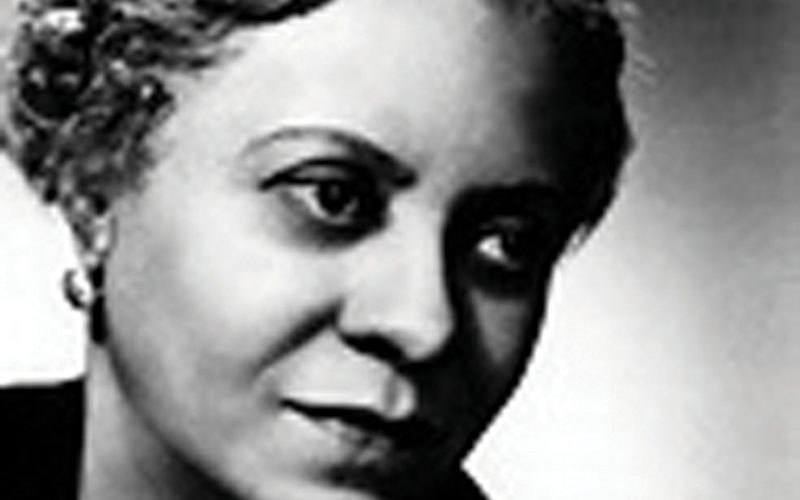For symphonic music, the first few decades of the 20th century were “the best of times [and] the worst of times.” Composers like Aaron Copland and George Gershwin were writing music that was “overtly American,” with sweeping harmonies Copland described as his “vernacular” style and Gershwin spanning the genres of pop music, classical music and even jazz.
And then there were Arkansas’ two contributions to the era: William Grant Still, who was born in Mississippi in 1895 but grew up in Little Rock, and Florence Beatrice Smith Price, born in Little Rock in 1887 but renowned in Chicago in the 1930s.
Their music, explains John Jeter, hearkened back to the revered European composers — Brahms, Dvorak, Tchaikovsky — but each added a unique element. Still’s music had the “underpinnings” of jazz, Price’s the elements of folk music, sacred music and “juba,” a style of slave dance during which dancers slapped their bodies and clapped their hands to create their own percussion.
“It was,” says Jeter in obvious understatement, “a very exciting time” for American music.
Jeter, the music director of the Fort Smith Symphony, has been steeped in the music of Still for more than a decade, recording all five of his symphonies for the Naxos label.
“He was the first African-American symphonic composer to have a big piece performed by a major orchestra,” says Jeter. “In the classical music world, he is known for that.”
Florence Price, Jeter’s current obsession, “is the female version of Still. They knew each other, and they shared a very similar background — both African-American composers trying to make it in a very white symphonic world. Price just had the additional handicap — at that time — of being female.
“But her music is romantic, lyrical, soulful and beautiful,” Jeter says. “She is considered the most prominent, historically significant concert composer of her race and gender in American music history.”
Jeter and the Fort Smith orchestra will perform one of Price’s symphonies, Symphony No. 4 in D Minor (1945), on May 12. “It’s really a continuation of our focus on the musical contributions Arkansans have made,” he says. “And the timing couldn’t have been better. There is a very strong effort in the orchestra community to have the correct representations of race and gender in our seasons — and that idea of inclusion has really come to the fore in the last year.
“But the main reason we’re doing it is because it’s wonderful music. Price is better known as a historical figure than her music actually being performed. But that’s about to change” — in part, because other conductors will be hearing the Fort Smith Symphony’s performance on another recording for Naxos.
But the concert May 12 comes first, and the unusual circumstances of finding and developing Price’s Symphony No. 4 only add to the interest in her work. According to an account in the Arkansas Encyclopedia of History and Culture, Price died in 1953 but it wasn’t until new owners of her former home in Illinois were remodeling in 2009 that piles of musical manuscripts, books and documents she had left behind were discovered. They contacted the University of Arkansas Libraries, where some of her papers were already part of the collection, and the new documents were added — including the handwritten manuscript for her Fourth Symphony.
“We had to hire a copyist to take that handwritten manuscript and create a set of parts,” says Jeter. “It’s a beautiful manuscript, but everything is not always clear and clear. Sometimes you have to play through a section to see if a note is really a G and not an F. It was a really painstaking project, and it’s going to go on for awhile. Even the choices I have made may be reimagined by other conductors. It’s all so exciting.”
Jeter says the concert has already attracted ticket buyers from as far away as Chicago and Denver, because there’s one more revelation about the Fourth Symphony: It has never, to the best of anyone’s knowledge, been performed. Ever.
And then there’s the Second Symphony, which exists only in pieces and parts.
“There’s a pretty big detective thing going on to find the rest of it,” Jeter says, “so this story is definitely ‘to be continued.’”
__
FAQ
Homegrown Greatness:
The Music of Florence Price
WHEN — 7:30 p.m. May 12
WHERE — ArcBest Performing Arts Center in Fort Smith
COST — $17-$45
INFO — 452-7575
BONUS — The orchestra will also perform Price’s Symphony No. 1 in E Minor (1932).



